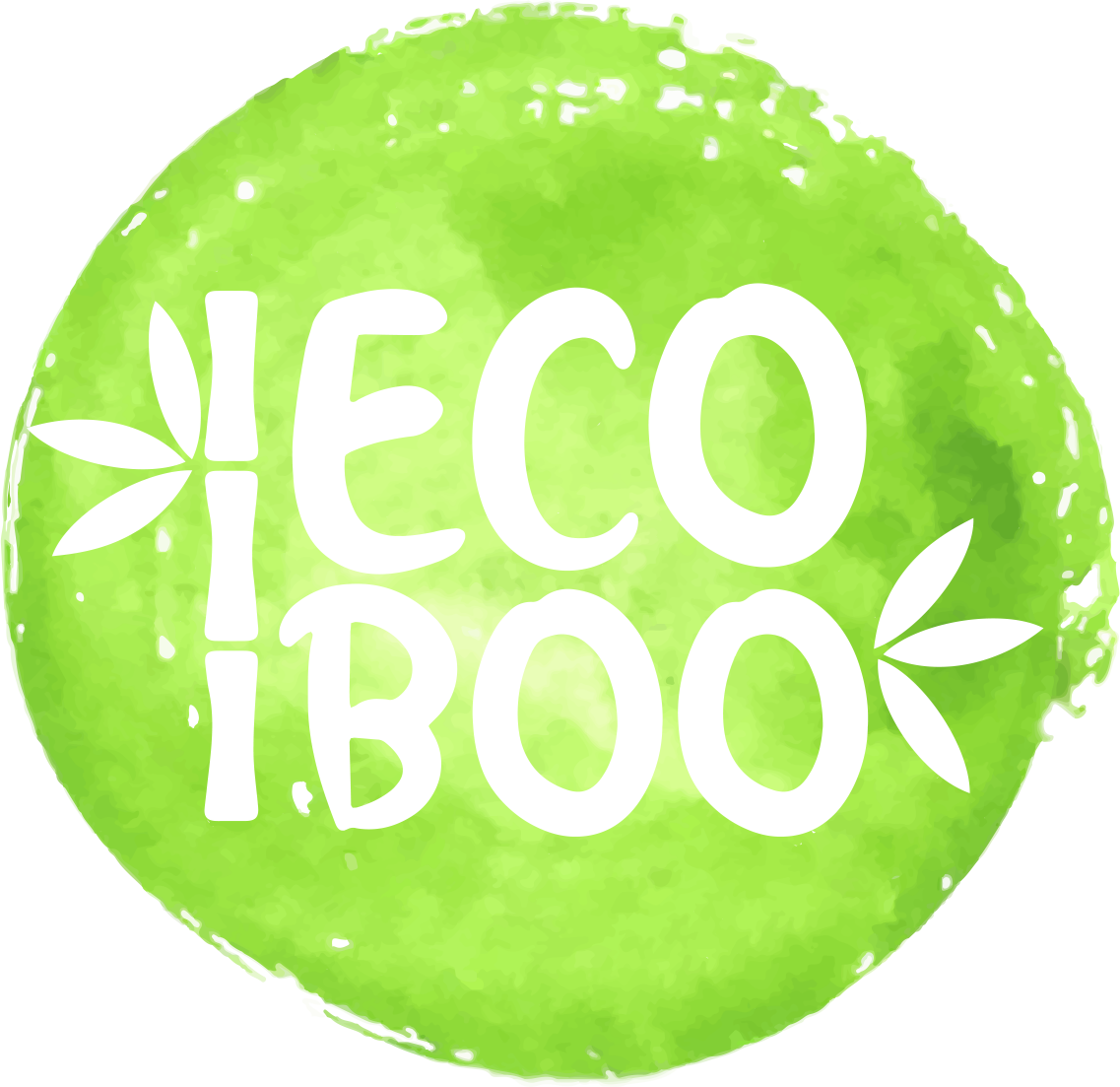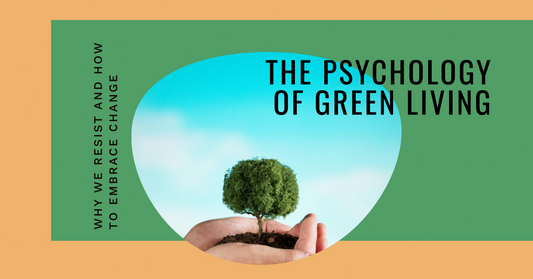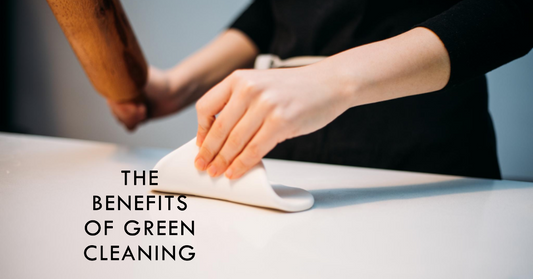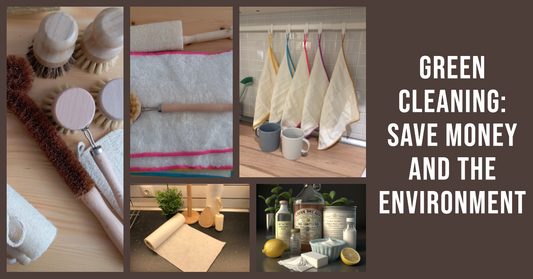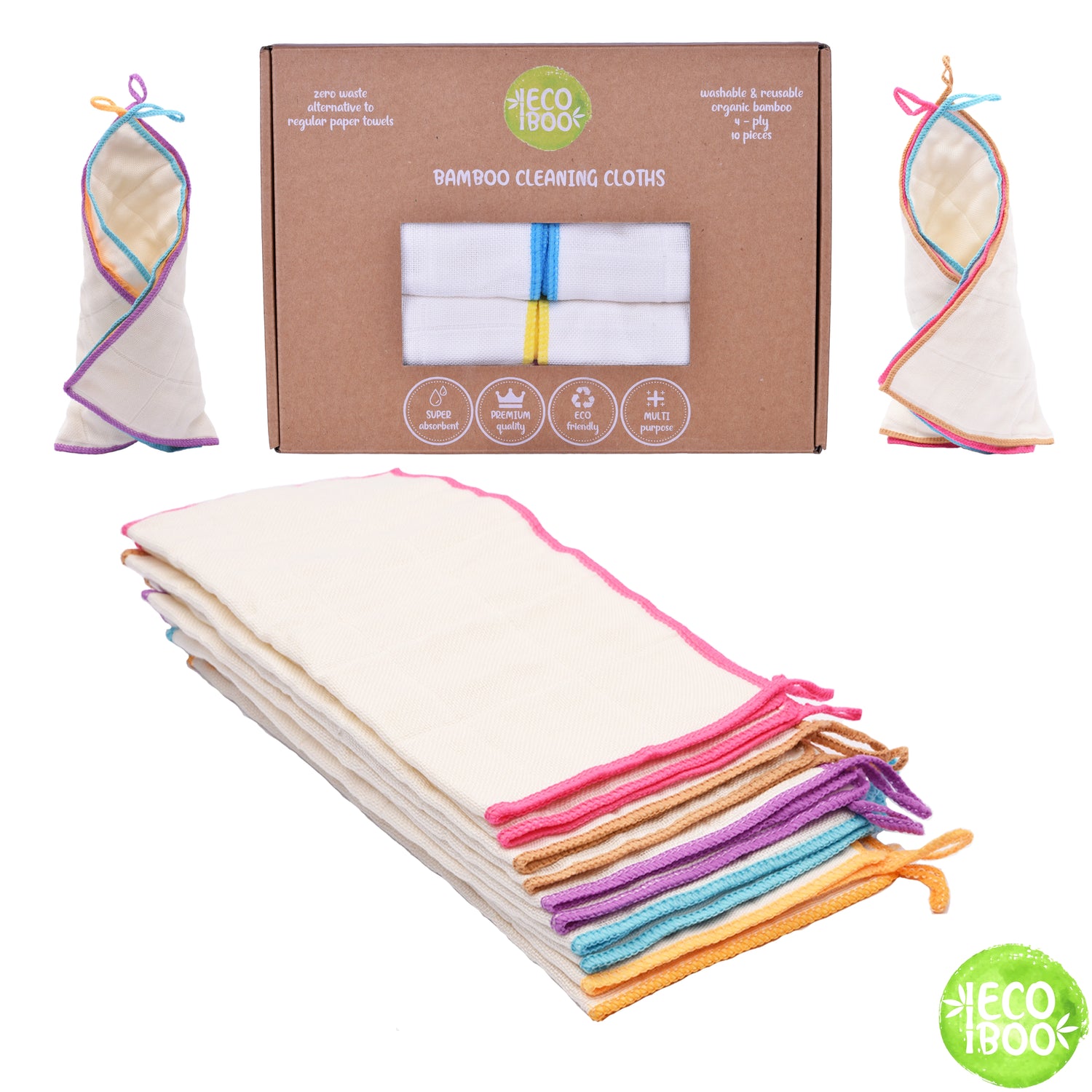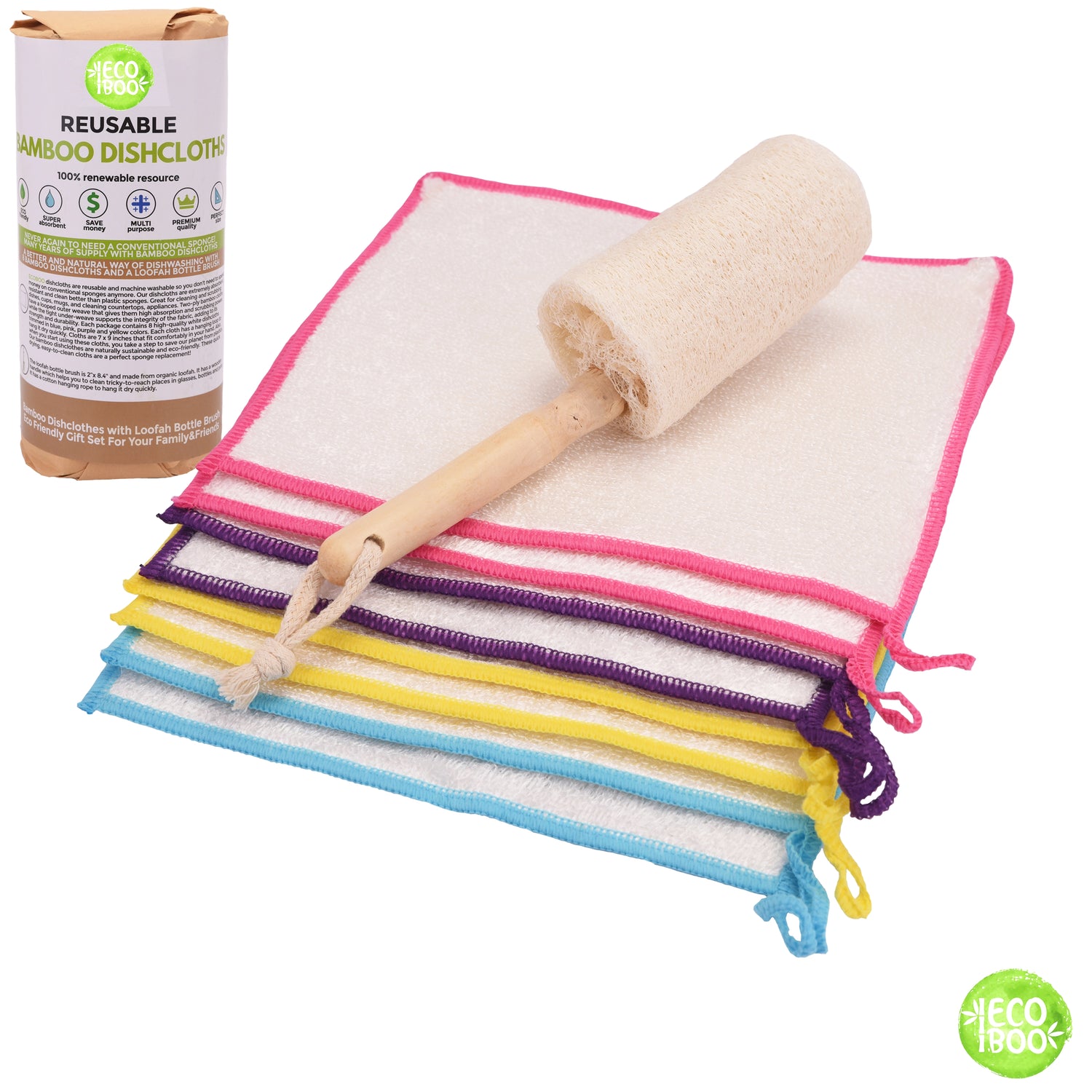I. Introduction
In the tender stages of life, children are the most receptive to their surroundings.
Every texture they feel, every scent they breathe in, and every object they encounter plays a crucial role in their growth and development.
This makes the ambiance and environment they're nurtured in of paramount significance.
Yet, many parents, in their well-meaning endeavors to keep their homes immaculate, unintentionally introduce a range of potentially harmful chemicals into their children’s spaces.
These are found in conventional cleaning products that, while effective, may pose risks.
II. The Hazards of Common Cleaning Products
Many store-bought cleaning products are laden with a cocktail of chemicals.
Some of the most commonly found ones include ammonia, bleach, formaldehyde, phthalates, and parabens.
Each of these serves a purpose: to disinfect, to cleanse, to fragrance.
However, while they might make our floors shine brighter and our homes smell fresher, they also come with a set of concerns.
Babies, with their developing respiratory and immune systems, can be particularly vulnerable.
Prolonged or even short-term exposure can lead to skin irritations, allergies, respiratory issues, and more severe health risks.
The lingering residues of these chemicals on cleaned surfaces can be ingested or absorbed by babies, especially when they're in the phase of putting everything into their mouths.
III. Importance of Eco-Friendly Cleaning for Young Ones

The delicate nature of an infant's skin makes them more susceptible to reactions from harsh chemicals.
This isn't just about the obvious culprits like rashes but also subtler issues like over-drying of the skin which can lead to long-term sensitivities.
Respiratory concerns are also magnified in babies.
Their lungs are still developing, and introducing strong chemical scents can lead to conditions like asthma or worsen existing respiratory issues.
Moreover, the early years of a child's life are marked by boundless curiosity.
As they crawl around, every corner of the house becomes a playground, every object a toy.
In such scenarios, it's pivotal to ensure that the spaces they explore and the objects they play with are free from harmful residues.
An eco-friendly cleaning approach not only safeguards the health of our little ones but also ensures they grow in an environment that's harmonious with nature.
IV. Natural Cleaning Agents Safe for Babies
Nature has provided us with a plethora of cleaning wonders that are not only effective but also safe for our little ones.
Here's a closer look:
Vinegar, Baking Soda, and Lemon
These three ingredients, often already present in our kitchens, are powerful cleaners.
Vinegar, with its acidic properties, acts as a disinfectant and deodorizer.
Baking soda is an excellent abrasive agent, perfect for scrubbing without scratching surfaces.
Lemon not only leaves a pleasant scent but its citric acid can tackle tough stains and build-up.
Mixed together, they can address a variety of cleaning needs in a baby-safe manner.
Essential Oils
While essential oils can be a great addition to homemade cleaning products due to their antiviral and antibacterial properties, they should be used with caution.
Oils like lavender, chamomile, and eucalyptus are generally considered safe.
However, always ensure they are properly diluted, and always store them out of reach of children.
Store-bought Eco-friendly Cleaners
If DIY isn't your style, there are several green cleaning products on the market designed with babies in mind.
Ecoboo’s reusable cleaning products are a great example of this.
When shopping, look for labels that mention "biodegradable," "non-toxic," or "plant-based ingredients."
Additionally, a quick glance at the ingredient list can provide insight into the product's safety—fewer ingredients and recognizable names are usually a good sign.
V. Toy Cleaning and Sanitization

Toys are a constant companion for babies and toddlers, often making their way into little mouths.
Therefore, it's crucial to keep them clean:
Importance of Keeping Toys Clean
Beyond the obvious reasons for hygiene, clean toys can prevent bacterial and fungal infections.
With toys being shared among siblings or playdate pals, the transmission of germs can be rapid.
Using safe cleaning methods ensures that while the toys are germ-free, they don't introduce chemicals into your child's system.
Natural Methods to Disinfect Toys
A simple solution of vinegar and water can be used to wipe down most toys.
For plush toys, a gentle cycle in the washing machine with eco-friendly detergent works wonders.
For teething toys, a quick boil ensures they are sanitized without any chemical residues.
VI. Sustainable Floor Cleaning Techniques
Babies spend a significant amount of time on the floor, especially during their crawling phase.
It's the canvas of their early adventures:
Non-toxic Solutions for Different Types of Flooring
For wooden floors, a mix of vinegar and water with a few drops of olive oil can both clean and shine.
Tiled floors benefit from a baking soda and water paste for grout and a vinegar-water solution for the tiles themselves.
Carpets can be freshened up with baking soda sprinkled before vacuuming, and spot cleaned with a mix of white vinegar, water, and a gentle eco-friendly soap.
Importance of a Clean Floor for Crawling Babies
As babies explore, their hands, knees, and toys are constantly in contact with the floor.
This makes it a significant source of germs they're exposed to.
Maintaining a clean floor isn't just about hygiene; it's about ensuring their exploration terrain is safe and healthy.
VII. Eco-Friendly Laundry Tips

Natural Detergents and Fabric Softeners
With a baby in the house, there's bound to be an increase in laundry loads.
Opt for detergents made from natural ingredients.
They are not only gentle on the baby's sensitive skin but are also kind to the environment.
Traditional fabric softeners often contain chemicals and fragrances that can irritate a baby's skin.
Instead, consider alternatives like white vinegar or wool dryer balls.
They naturally soften clothes without the added chemicals.
The Debate on Cloth Diapers vs. Disposable - A Brief Overview
The age-old debate rages on, but when it comes to sustainability, cloth diapers usually take the crown.
While they require water for washing, they're reusable and don’t end up in landfills like their disposable counterparts.
However, for parents considering the eco-friendly aspects of cloth diapers, it's important to also consider energy-efficient washing and drying methods to maximize sustainability.
VIII. Air Quality and Purification
The Benefits of Indoor Plants
House plants aren't just pretty to look at.
Many varieties, like the spider plant or snake plant, are known to purify indoor air by removing toxins.
Additionally, they can add humidity to the air, beneficial for both the baby and the parents.
Avoiding Synthetic Air Fresheners - Natural Alternatives
It's best to avoid synthetic fragrances, especially in a baby’s environment.
Natural alternatives like essential oil diffusers (used with care), beeswax candles, or simply opening a window can keep a room smelling fresh without introducing potential allergens or irritants.
Importance of Regular Ventilation
Babies, with their developing respiratory systems, benefit from regular fresh air.
It's essential to ventilate rooms daily, ensuring a circulation of clean air, reducing indoor pollutants, and balancing indoor humidity.
IX. Sustainable Feeding & Meal Cleanup

Biodegradable or Reusable Bib Options
Instead of the typical plastic bibs that can take years to break down, consider using cloth bibs that can be washed and reused.
For on-the-go meals or particularly messy feedings, biodegradable bibs made from natural materials are a great alternative.
Natural Ways to Clean High Chairs, Baby Bowls, and Spoons
Babies are messy eaters, and their feeding tools often need frequent cleaning. Use a mix of white vinegar and water as a natural disinfectant for wiping down high chair surfaces. For stuck-on food, baking soda acts as a gentle abrasive. Always ensure a thorough rinse of any items your baby will be eating from.
X. Creating an Eco-Friendly Nursery
Non-toxic Paints and Furniture Options
When painting the nursery or purchasing furniture, consider the VOC (volatile organic compounds) levels in the paint and the materials of the furniture.
Opting for low-VOC or VOC-free paints reduces the risk of airborne toxins.
Similarly, furniture made from sustainable or certified wood, without chemical treatments, is a healthier choice for the baby's environment.
Sustainable and Organic Bedding Choices
Babies spend a lot of time sleeping, making their bedding of utmost importance.
Organic cotton or bamboo sheets, free from harmful chemicals or dyes, offer a soft and safe slumber environment.
Consider hypoallergenic and organic mattresses or mattress covers to further ensure a safe sleeping space.
XI. Tips for Reducing Waste

Cloth Wipes vs. Disposable Ones
Cloth wipes can be reused multiple times, reducing the waste that comes from disposable wipes.
They can be wet with a homemade solution of water, mild soap, and a few drops of essential oils to make them gentle on the baby's skin.
Second-hand Shopping for Baby Items
Babies outgrow their clothes, toys, and gear quickly.
By shopping second-hand or accepting hand-me-downs, you not only save money but also reduce the environmental footprint.
Additionally, donating or selling items your baby no longer needs is another way to ensure items get extended use.
Recycling Baby Product Containers
Many baby products come in containers that can be recycled.
Make sure to clean them out and check your local recycling guidelines to determine the best way to recycle them.
XII. Educating and Involving Toddlers
Simple Ways to Teach Toddlers About Sustainability
Toddlers are curious and eager to learn.
Teaching them simple practices like turning off the lights when leaving a room, or closing the tap while brushing their teeth, can instill eco-friendly habits early on.
Making Eco-friendly Activities Fun
Let your child help in making DIY cleaning solutions, using safe ingredients like vinegar and lemon.
Make a game out of sorting recyclables, turning it into a learning activity about colors and shapes while emphasizing the importance of recycling.
XIII. Conclusion
The Dual Benefits of Eco-friendly Cleaning
By making eco-friendly choices in our homes, we not only create a safe environment for our babies to grow and thrive in but also ensure a healthier planet for their future.
The journey toward sustainable parenting is filled with learning and growth.
As parents, every little step we take toward sustainability can have a lasting impact.
Encourage fellow parents to begin this journey, reminding them that every single step, no matter how small, counts.
